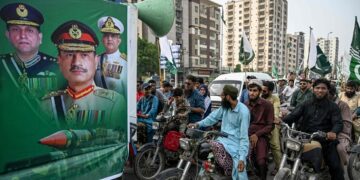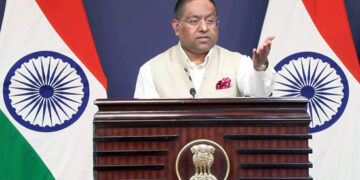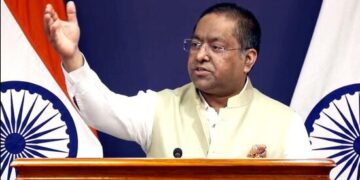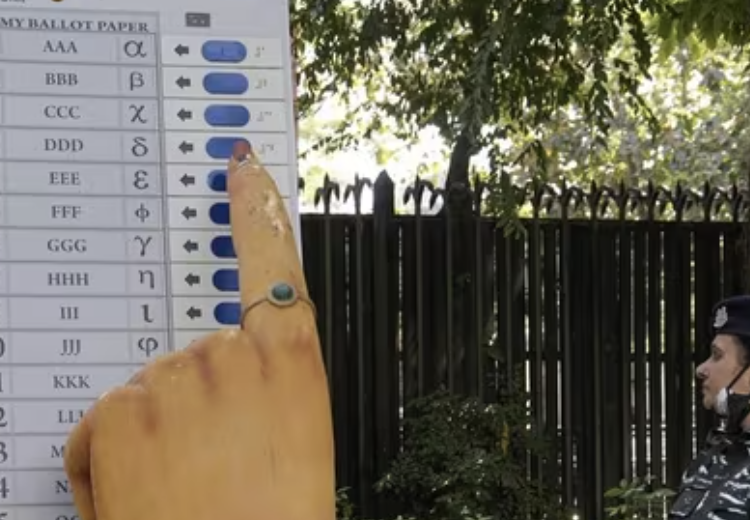As the world’s largest democracy, India’s elections have always been a spectacle of grandeur, scale, and intensity. However, beyond the colorful rallies, impassioned speeches, and high-stakes contests lies a staggering reality: India’s elections are the most expensive in the world.
With the upcoming election cycle on the horizon, the financial implications of this democratic exercise are once again in the spotlight. From massive campaign budgets to security arrangements, logistical expenses, and the implementation of electoral technology, the costs associated with conducting elections in India have reached unprecedented levels.
At the heart of India’s expensive elections is its sheer size and diversity. With a population exceeding 1.3 billion people spread across 28 states and 8 union territories, organizing elections in India is a logistical challenge like no other. The Election Commission of India, tasked with overseeing the electoral process, must navigate a vast and varied landscape, ensuring the participation of millions of voters while maintaining the integrity and fairness of the electoral process.
Campaign spending is another major contributor to the escalating costs of Indian elections. Political parties and candidates spare no expense in their quest for power, allocating significant funds towards advertising, rallies, public relations, and outreach efforts. The burgeoning influence of money in politics has led to concerns about the role of wealthy donors and corporations in shaping electoral outcomes, raising questions about transparency and accountability.
Security arrangements represent yet another significant expense in India’s electoral calculus. With concerns over violence, intimidation, and electoral malpractice, ensuring the safety and security of voters, candidates, and election officials is paramount. The deployment of security personnel, the fortification of polling stations, and the implementation of stringent security protocols all come at a considerable cost to the exchequer.
Moreover, the adoption of electoral technology, including electronic voting machines (EVMs) and voter verifiable paper audit trails (VVPATs), adds another layer of expenditure to India’s electoral process. While these technologies are aimed at enhancing transparency and efficiency, their procurement, maintenance, and deployment require substantial financial resources.
The exorbitant costs of India’s elections raise important questions about the prioritization of public spending and the allocation of resources in a country grappling with pressing socio-economic challenges. Critics argue that the astronomical sums spent on elections could be better utilized to address issues such as poverty, healthcare, education, and infrastructure development.
Despite the staggering expenses involved, India’s commitment to democracy remains unwavering. The democratic ethos ingrained in its constitution, coupled with the active participation of its citizens, underscores the significance of free and fair elections as the cornerstone of Indian democracy.
As India prepares for its next electoral battle, the soaring costs serve as a sobering reminder of the complexities and contradictions inherent in the world’s largest democracy. While the price tag of democracy may be high, for India, the investment in preserving democratic ideals and principles is priceless.








 India
India












